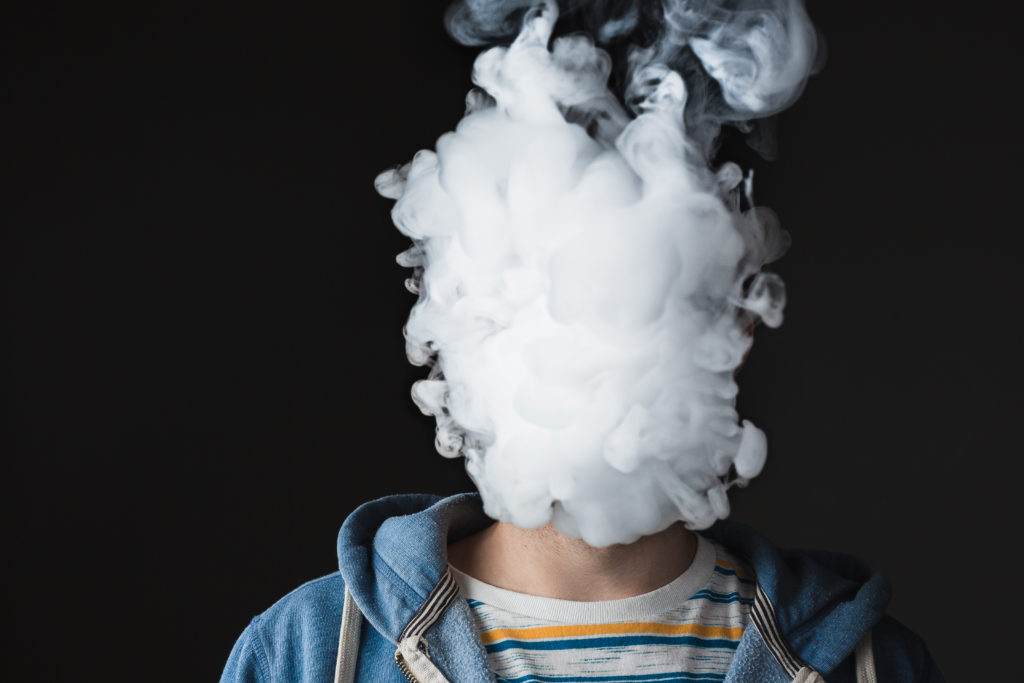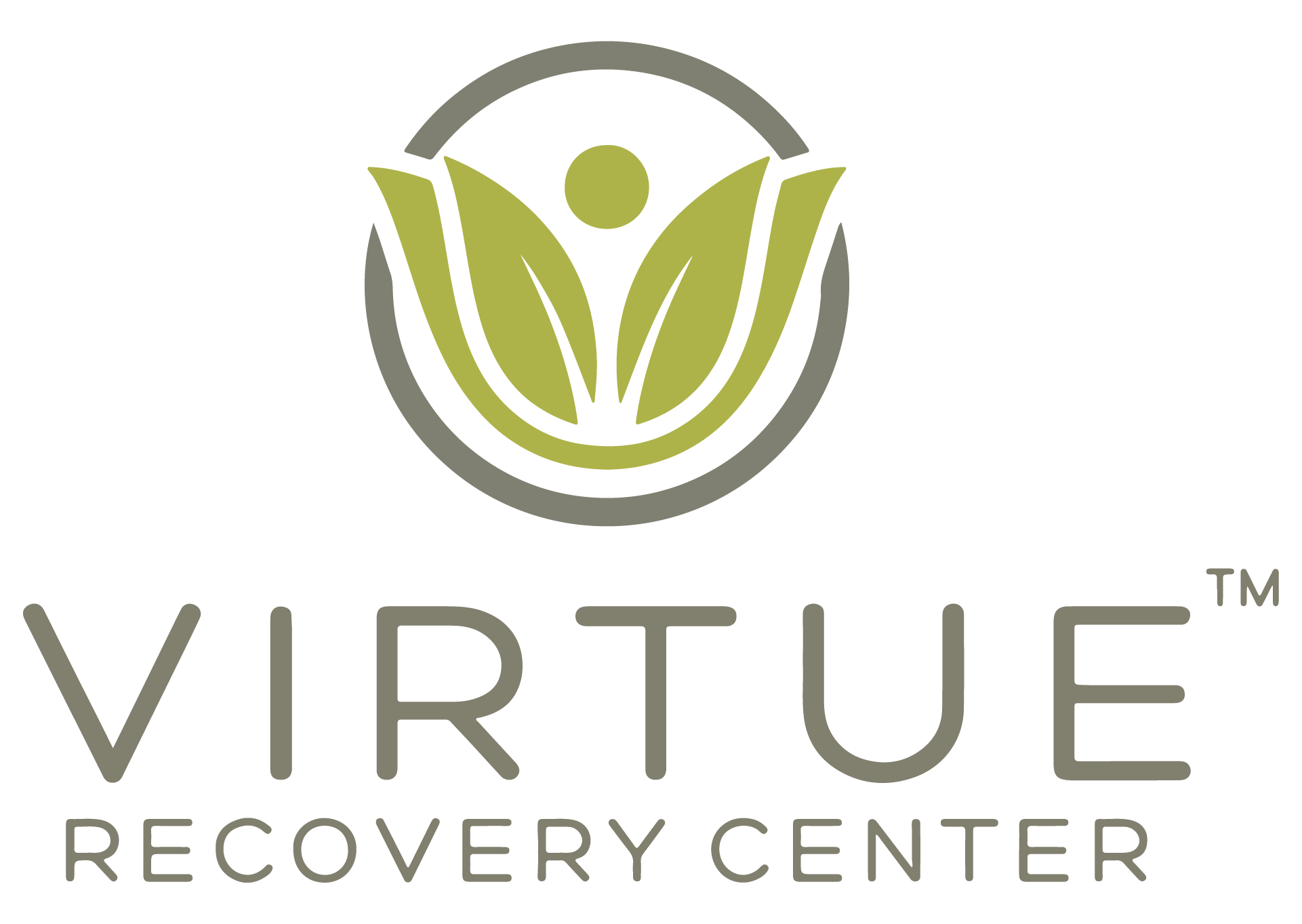The teen and early adult years are when children are most vulnerable to marijuana’s harmful effects. It can affect how their brains develop, grades, relationships and physical health. Risk for addiction increases too.
National trends have shown generally low rates of youth marijuana use.Still, a recent spike in adolescent and young adult use, coupled with a decade-long decline in thinking about marijuana as risky or harmful, is concerning.
Why do young people use it?
Regardless of whether a young person uses marijuana “to feel good, or better”, environment often shapes their beliefs and attitudes. These influence choices around marijuana use and its potential consequences.
A family history of substance use or addiction increases risk of use. Risk also increases with a parent or older sibling who uses marijuana, along with easy access to the drug in the home, neighborhood or at school.
Friends and peers
Research shows having peers who use substances is one of the strongest predictors of a young person’s likelihood of trying and using a drug. In our national survey of teens, we found most who said they have a friend who uses drugs reported having more than one friend who does so.
Media and pop culture
Movies, TV shows, music and social media are strong influences in young people’s lives which tend to glorify marijuana use and downplay its harms. We surveyed teens, and a third reported their main source of information about drugs is social media, other teenagers or the internet — sources that are often unreliable.
Marijuana receives a lot of attention due to nationwide legalization efforts. It’s often viewed as harmless and teens and young adults tend to discount its risk. About three-quarters of adolescents believe infrequent marijuana use does not harm the body. The majority believes it is safer than alcohol.
Mental health problems and stress
Some young people use marijuana to try to relieve their feelings of depression or anxiety. Marijuana use can worsen mental illness and lead to addiction in some individuals.
Why be concerned?
The strength or potency of THC – the psychoactive ingredient responsible for the “high” associated with marijuana – has increased steadily since the 1960s. Between 1995 and 2018, the average THC concentration in leaf marijuana increased nearly fourfold, from 3.96% to 15.61%.There has also been an increase in ER visits involving marijuana,suggesting the drug’s current strength is responsible for worse health consequences than decades past. Higher potency is also associated with more severe dependence and a greater likelihood among adolescents of developing psychosis and anxiety disorder.
Prevention Steps
Despite what many parents believe and feel, you have tremendous influence over whether your children use substances, including marijuana. Kids have shared their parents have the greatest influence over their attitudes and behaviors around substances.
Know the facts
You are an essential buffer between your child and the many influences that encourage them to use marijuana. Try to do your homework and find up-to-date information on the how, where and why young people use marijuana. Be ready with honest answers, shared in an age-appropriate way, so that they see you as a good source of information.
Start early
By talking early, you are helping frame a healthy mindset when it comes to marijuana. Pre-middle school and high school conversations can lessen your child’s intention to try or use in the future, as well as influence how they approach friendships with peers who do use substances. It’s important to keep talking as they get older, too. The time when parents pull away often coincides with a period of increased risk of teen substance use. Try to balance setting clear expectations and rules about drug use, while granting more choice, flexibility and independence for less risky behaviors.
Have frequent and honest conversations
Look for opportunities to discuss marijuana with your child calmly and casually. Conversation starters can be news stories, school lessons, advertisements, seeing someone use marijuana on TV or in a movie or smelling it in public. Be ready to listen, understand their perspective and try to avoid lecturing. It can help to start with open-ended questions about their perception of marijuana use, such as “Why do you think kids try marijuana?” and “What do you know about the risks of using it?”
These conversations aim to acknowledge marijuana’s potential appeal and help them weigh the risks against the perceived benefits. Try not to use scare tactics or threaten. Instead, explain that you genuinely care about their health. Do your best to have these conversations frequently and, if you can, before they try marijuana for the first time.
If there is a history of addiction in the family, your child’s risk of developing a problem with marijuana increases. As you would with any family disease, explain why they need to be more careful than their peers about substance use.
(Source: drugfree.org/article/marijuana-what-you-need-to-know/)



































